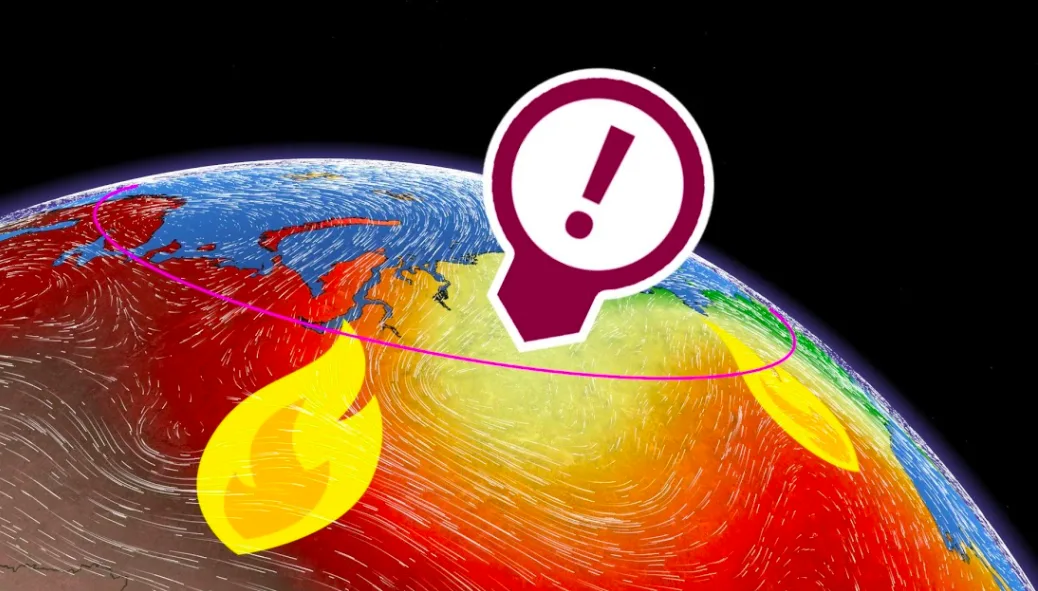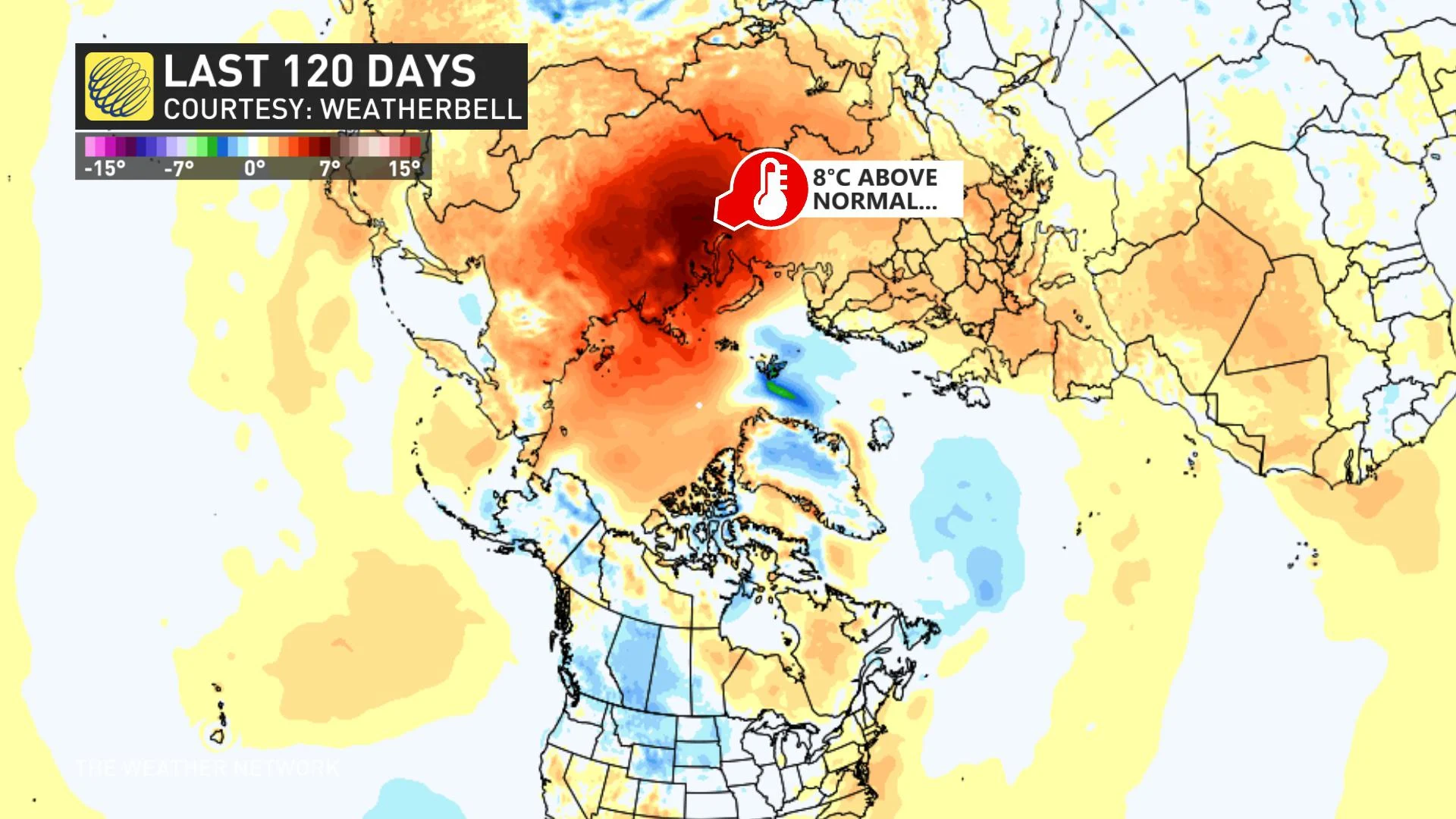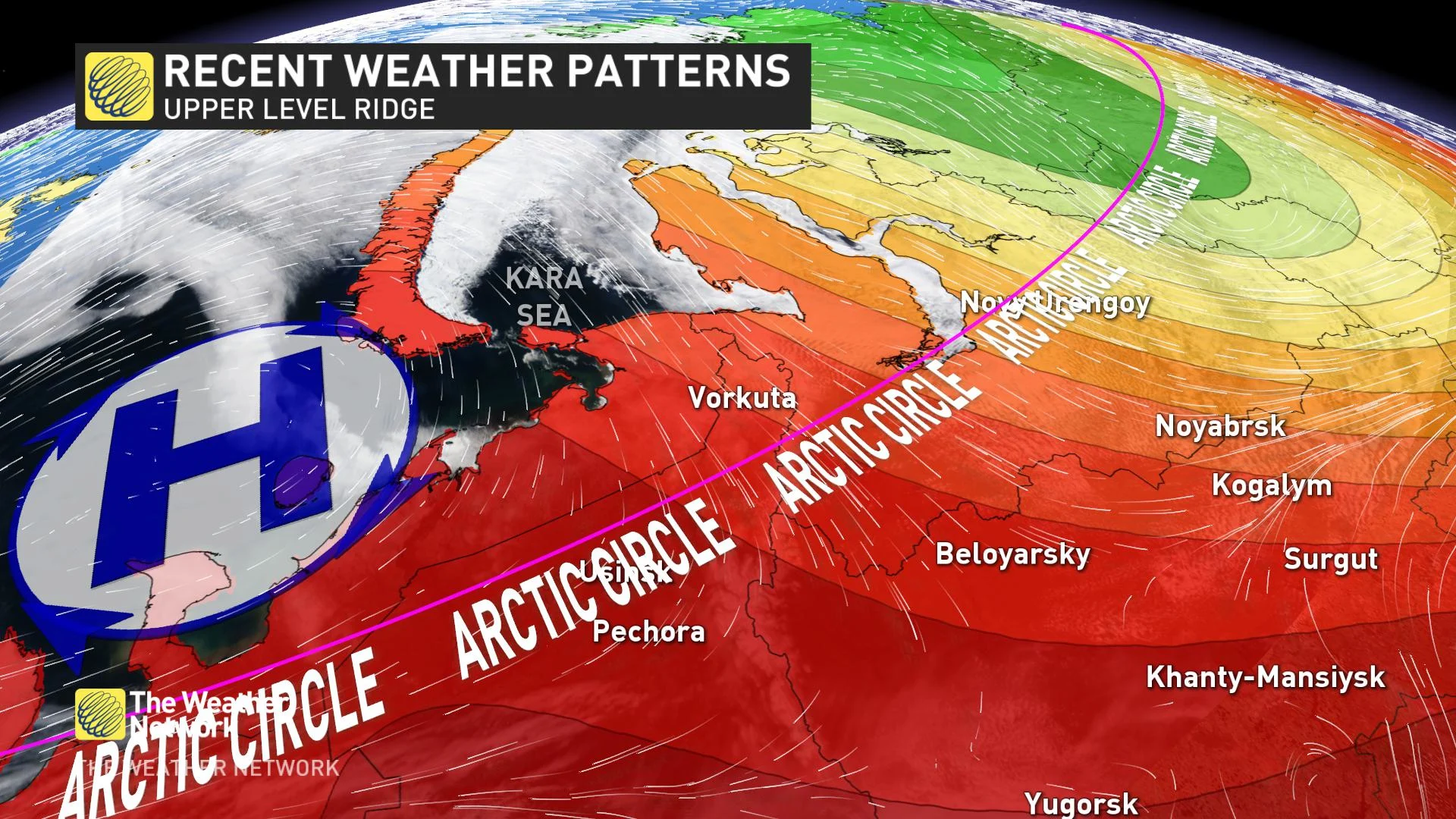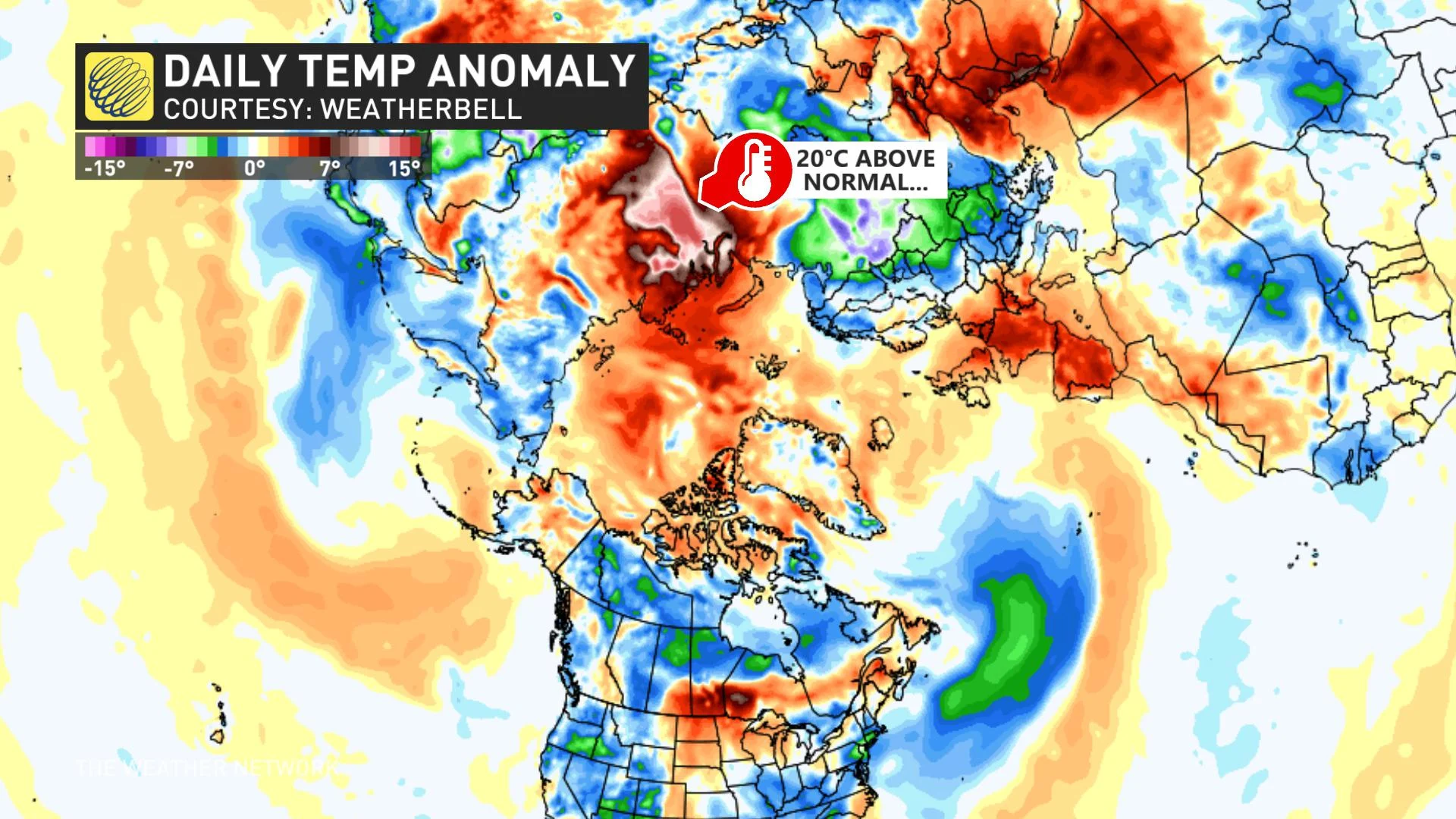
‘Zombie fires’ spread across Siberia, unusual warmth is to blame
The abnormally warm temperatures in Siberia have had impacts on sea ice in the Arctic Ocean and global temperature anomalies.
A persistent weather pattern has drastically warmed temperatures on the other side of the globe and has impacted sea ice, snowpack, permafrost and forest fire behaviour.
Last summer, the forest fire activity north of the Arctic Circle in Siberia scorched nearly three million hectares. Fast forward to May 2020 and scientists are startled at the unusual fire behaviour in parts of the region.
Some researchers speculate these fires are in fact 'zombie fires' that survived the winter season by smouldering under the snowpack. The snowpack acts as an insulator, keeping the layers of vegetation under the snowpack significantly warmer than the surrounding Siberian air.
Looking back at the past four months, this stubborn temperature anomaly has persisted right on the periphery of a robust polar vortex. A stronger polar vortex tends to inhibit colder temperatures from plunging south, but the recent temperature anomaly has been amplified by several short-term weather patterns. The anomalous warmth has spiralled north, pushing temperatures well above seasonal north of the Arctic Circle.

This year’s global temperatures are expected to be warmer than those in 2016, which was declared the warmest year on record at the time. If 2020 goes down as the hottest year on record, the anomaly over Siberia could be the differentiator.
Scientists say that even if this year’s temperatures fall short of those in 2016, there is a 99.9 per cent chance that 2020 will be in the top five warmest years on record.

Mika Rantanen, a researcher at the Finnish Meteorological Institute, has documented the exceptional warmth that has even occurred in locations with lingering snowpack.
The crescendo of warmth occurred this past Sunday as the mercury soared to 30.5°C at a latitude of 67°N, becoming quite remarkable in May. Meteorologists estimated that these local temperatures were over 20°C above normal this past weekend.

Travelling even further north, the persistent upper-level ridge has been highly effective at breaking up sea ice.
The Kara Sea, which is located in the Arctic ocean, has seen significant sea ice declines in recent weeks, becoming a major outlier. Since satellite tracking of sea-ice began, this is the lowest amount of ice recorded in the Kara Sea during this time.

Early May 2020 featured a relatively normal amount of sea ice in the basin, before sharply plummeting below 2012 levels over the past couple of weeks. Data from the National Snow & Ice Data Center highlights the sea ice extent entering into uncharted territory.
According to most long-range computer models, ridging and above normal temperatures are expected to continue in northern Siberia, particularly focussed along the shores of the Arctic Ocean.












